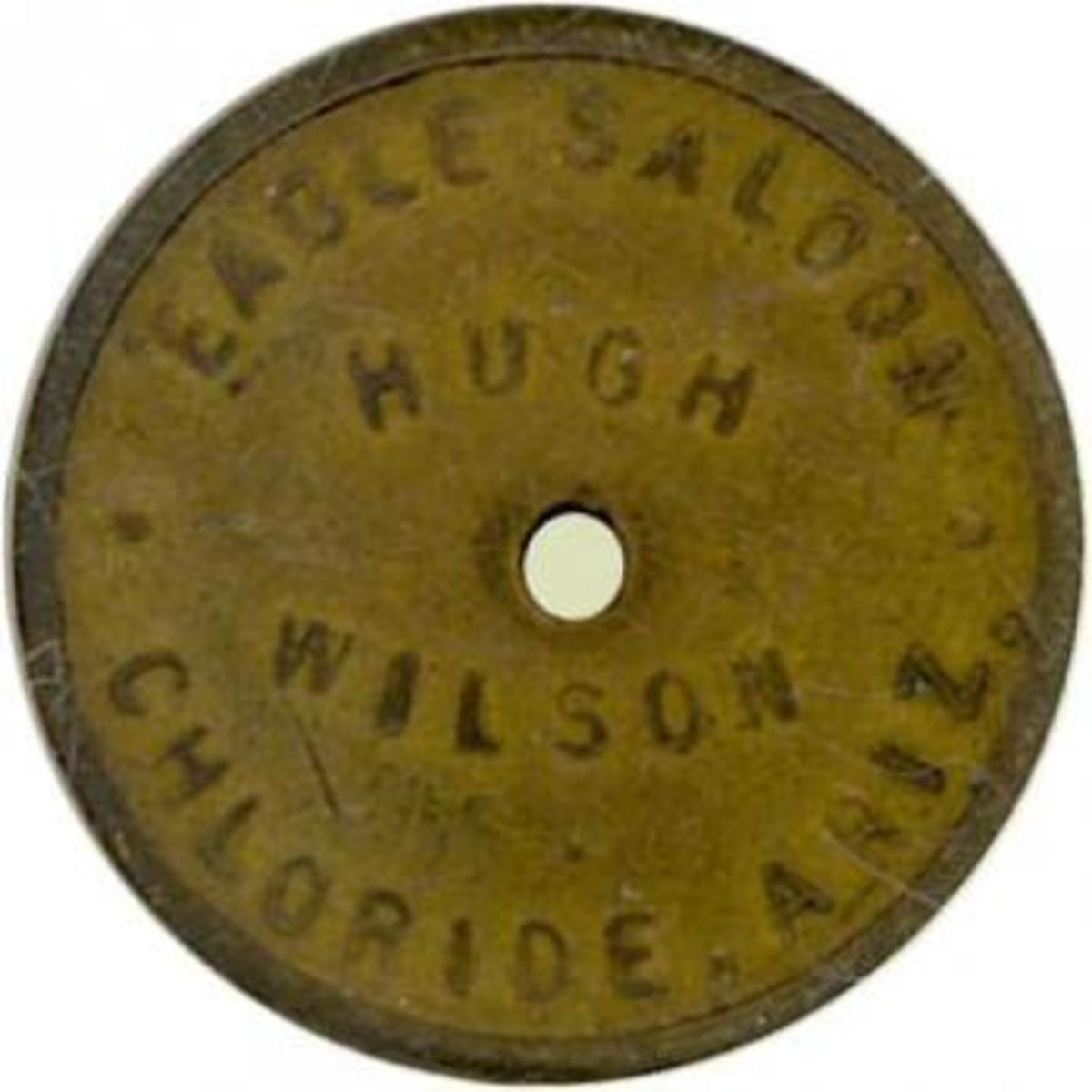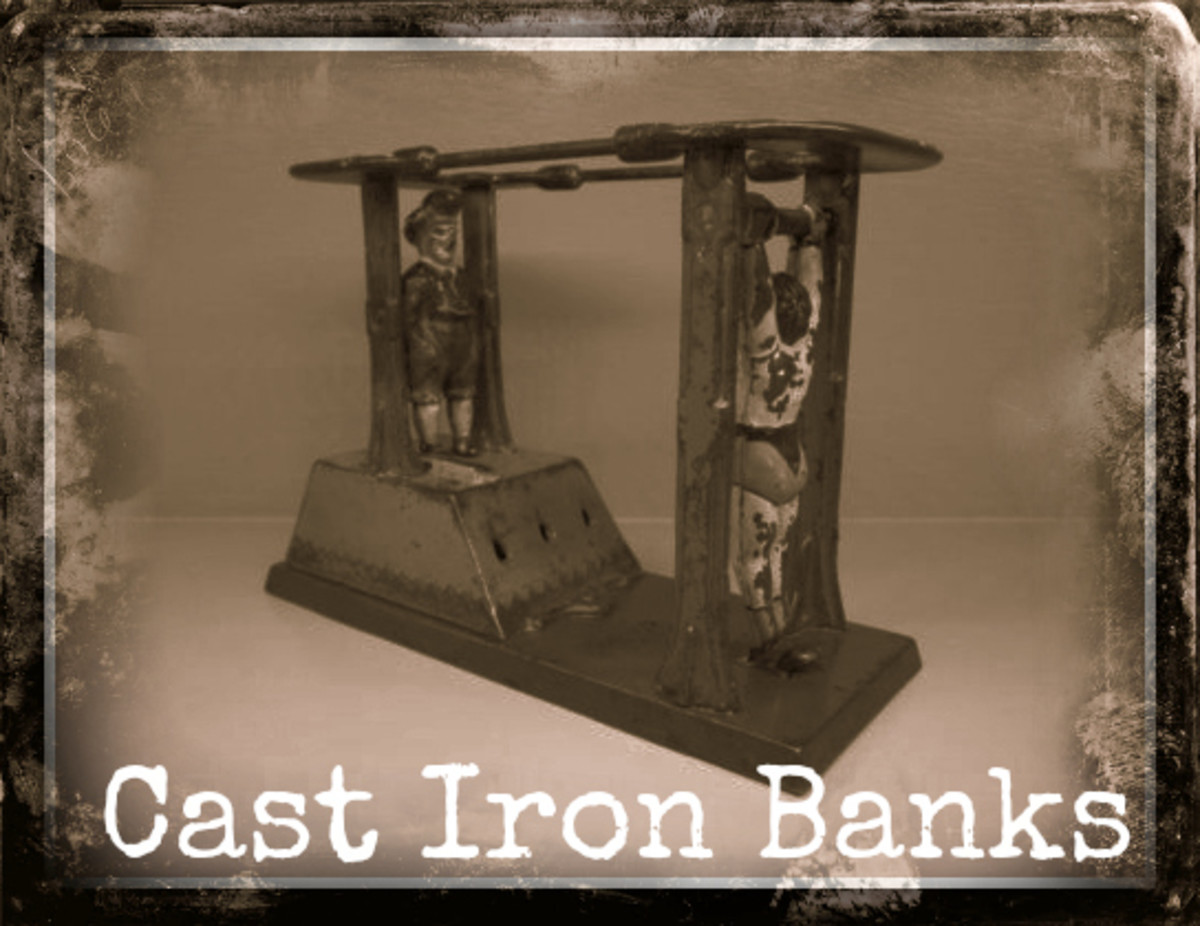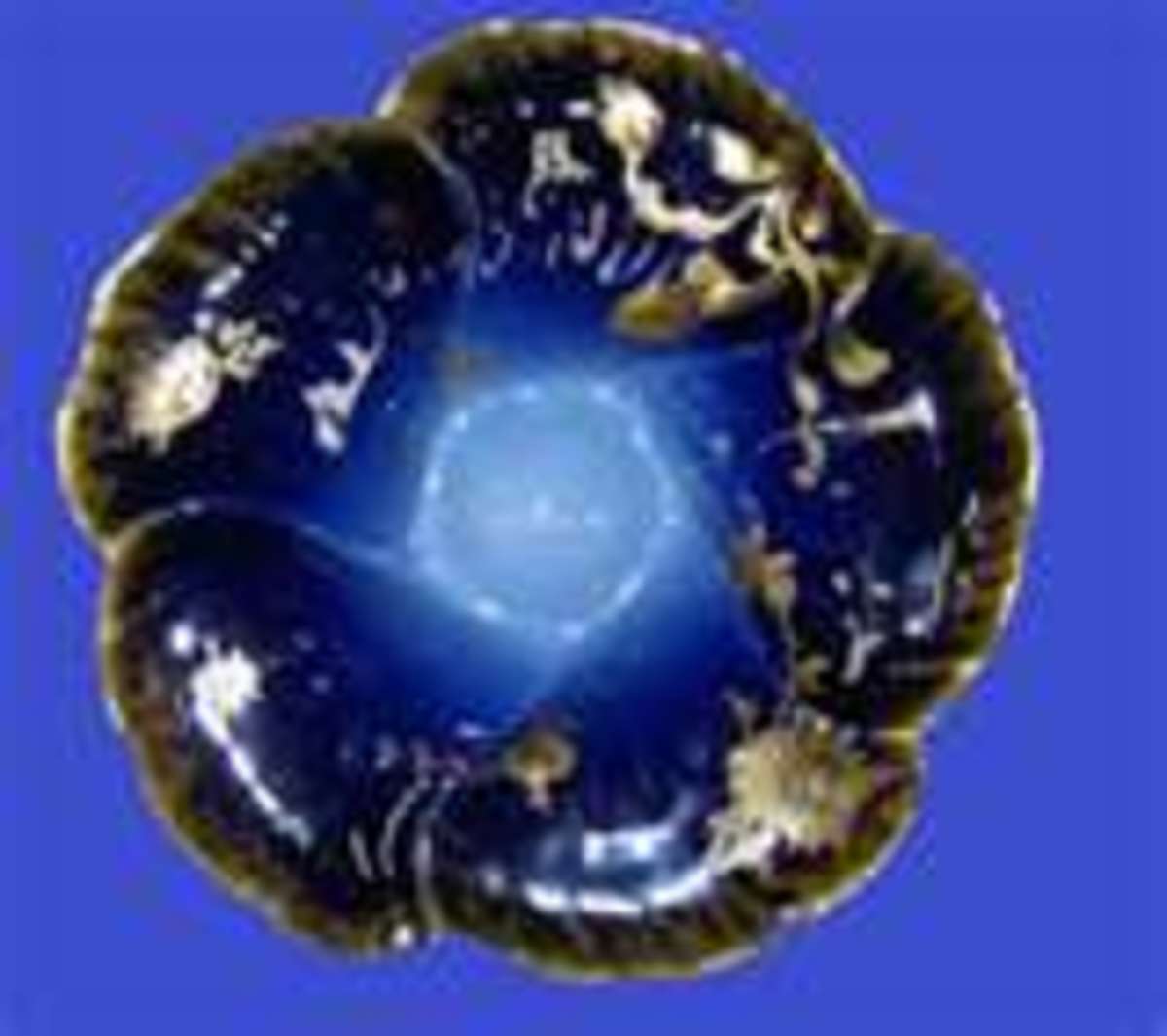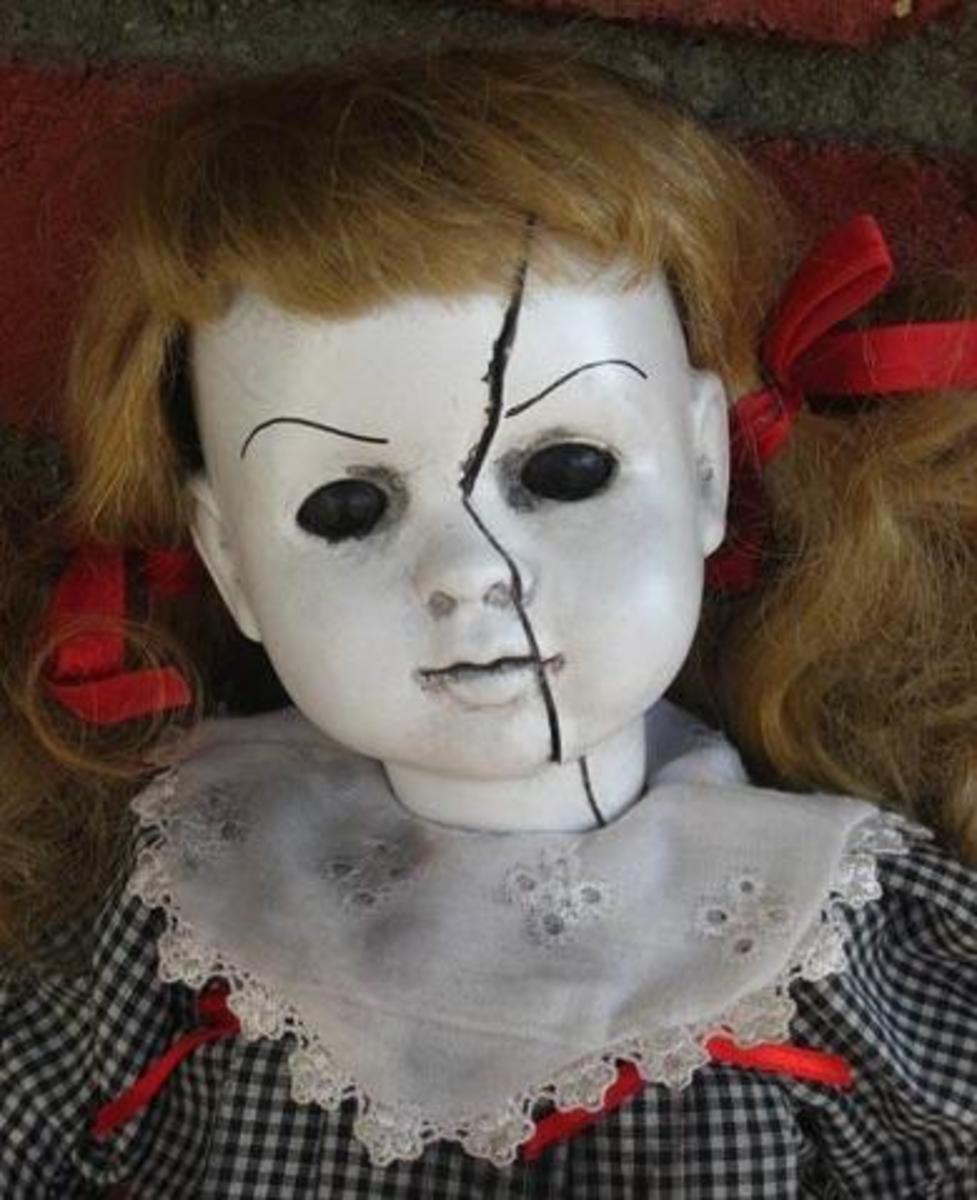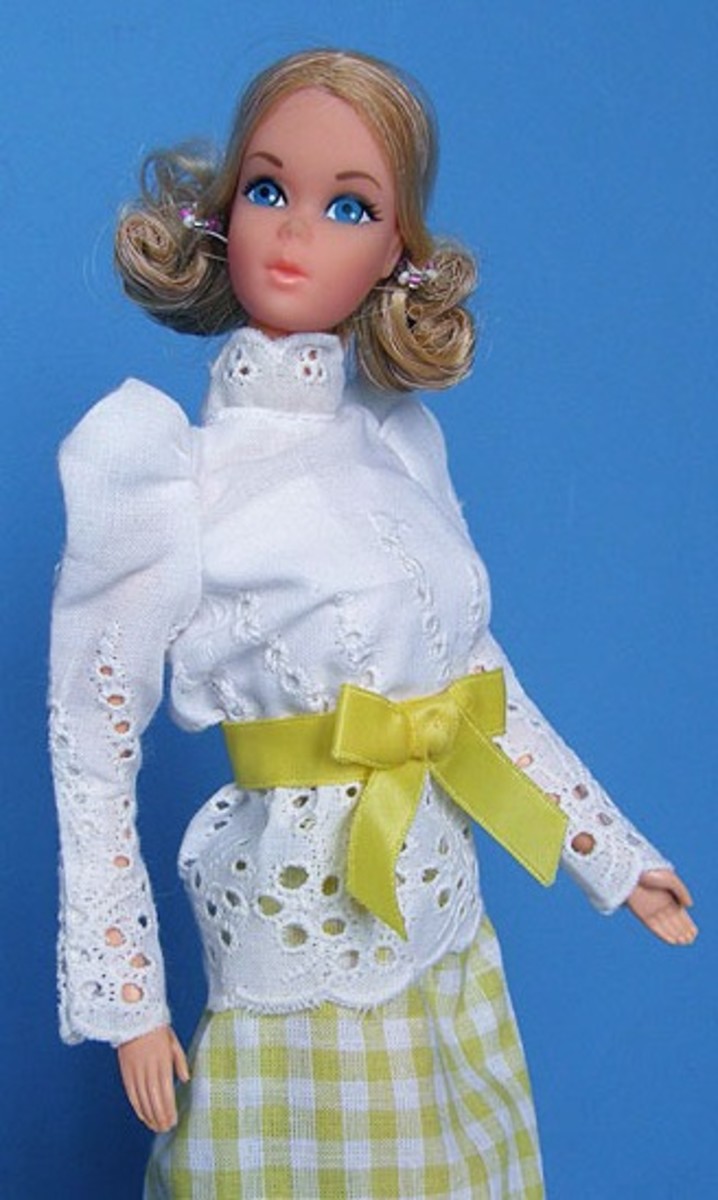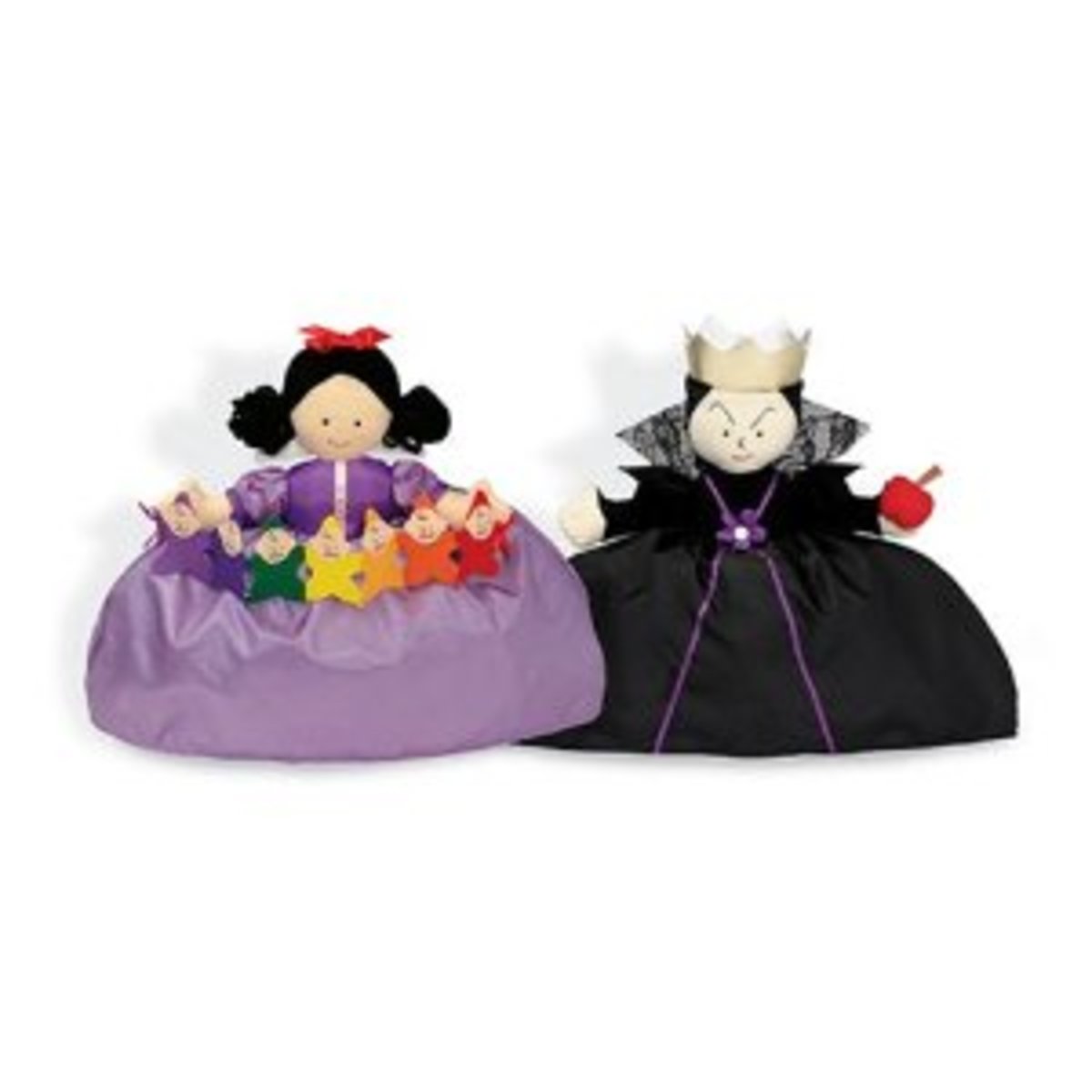Collecting Antique Bisque Dolls
Many collectors shy away from antique bisque dolls. They feel that these exquisite dolls are expensive and unattainable. While it is true that there are rare, expensive dolls on the market, there are also many beautiful dolls which are still affordable. When a collector educates themselves, they will be ready when a good deal comes along and can build a beautiful, unique collection.
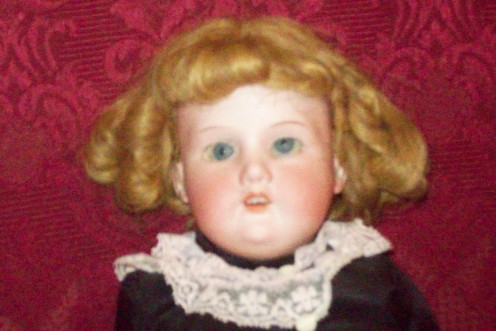
Educate Yourself
Before you take the plunge and buy your first antique bisque doll educate yourself. Read everything you can, look at pictures of dolls you like, and talk with doll collectors and dealers. Know what your are looking at and looking for. There are many reproductions on the market. Finding out that your first purchase wasn't what you thought it was could be a major disappointment.
Do not assume that the person selling the doll knows what it is. Many antique dealers feel that all antique dolls are valuable, but this is not the case. Don't let them intimidate you into making a purchase you will regret later.
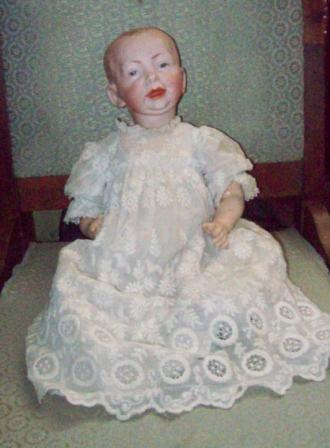
Antique bisque dolls can be found with wooden bodies, kid leather bodies, or all bisque bodies. Some of the less expensive dolls actually can be found with cardboard bodies. These "low end" dolls can actually be quiet charming and are generally less expensive than their more elaborate sisters.
Most of these dolls had human hair wigs, mohair wigs, or molded hair. Some had no hair at all, such as some of the Eskimo dolls made to commemorate Admiral Byrd reaching the north pole. These dolls had fur parkas with hoods glued onto them.
Bisques dolls were mainly made in Germany and France. They were manufactured from the mid 1800's until the 1920s. Today, French dolls are generally considered more valuable than the German dolls, due to their excellent workmanship.
Do You Collect Dolls?
What type of dolls do you collect?
When collecting antique dolls, condition should be a top priority. A crack or chip in the head can significantly reduce the value of a doll. Even a hairline crack which can be hard to see can affect the value. Many collectors carry a small, portable black-light with them. Shining the black-light on the head can detect hairline cracks which are otherwise invisible.
Most bisque dolls will have an incised mark on the back of the neck or head. These marks vary depending on which company manufactured the doll. They tell collectors who made the doll and what the mold number was.
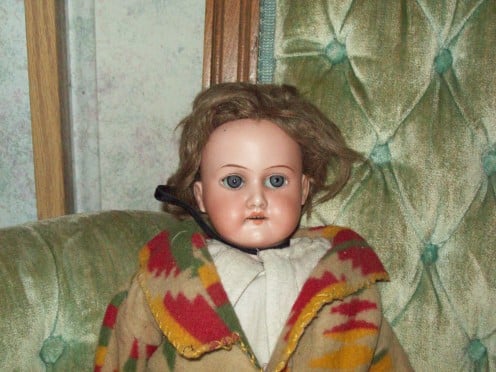
Bisque dolls display well and the collector can create a striking display with a carefully assembled collection. It is best to display them in a cabinet in order to protect them from dust and to protect them from getting knocked over. Keep them out of direct sunlight, as this can fade their delicate, antique clothing.
If you are storing a bisque doll, take extra care in wrapping the delicate bisque head. Always store them face down, as the eyes can work loose from the plaster which holds them in place and fall back into the head, cracking the bisque. This is especially important while driving with a doll, as bumps in the road can cause the eyes to come loose.


